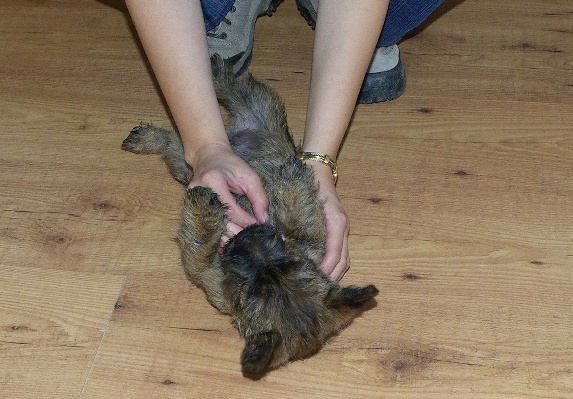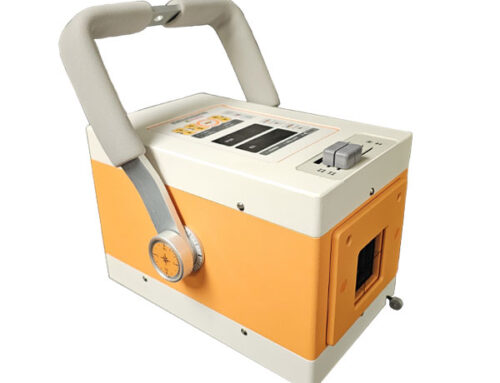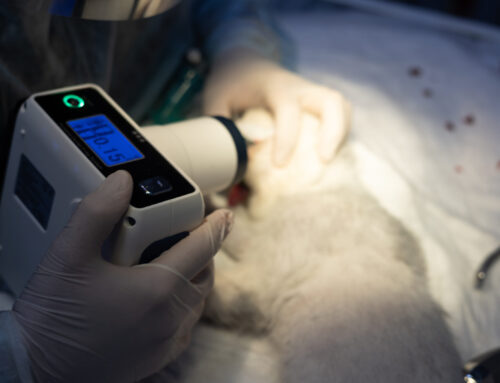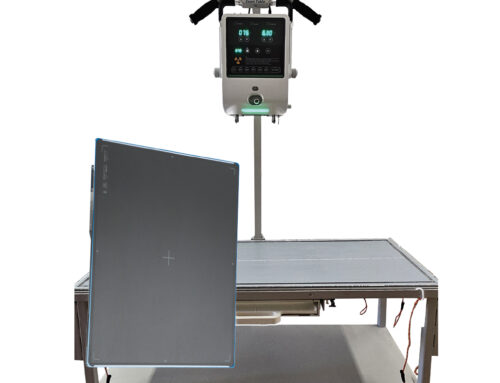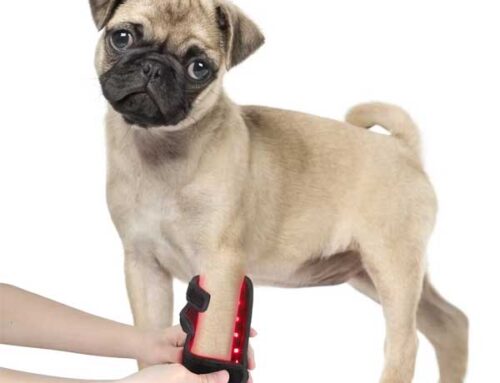Every dog owner and dog lover has seen a dog go nuts at having their belly rubbed. If you have a dog that can’t resist a belly rub, it might interest you to know there are actual scientific and behavioral reasons behind it.
What is your dog showing when he requests a belly rub?
Your dog displays certain behavioral traits by asking for a belly rub. Here is what’s really happening:
Ecstasy
Of course, you knew this but it’s always nice to know for sure. The kicking of the legs, the goofy, funny expression on their face and the absolute bliss demonstrated by your dog spells it out clearly. Just like human nerves and neural connections are stimulated during a massage, your dog gets the same pleasure.
Science
Science also plays a role in why your dog likes tummy rubbing, and his appreciation for the rub is linked to the reasons he enjoys all types of petting. According to centralbarkusa.com, dogs have a specific brain neuron that responds to the stimulation of hair follicles which means when you rub his tummy, the stroking of his tiny belly hairs is actually providing a specific type of stimulation in your dog’s brain. This neurological stimulation is only possible through stroking, which makes petting, like belly rubs, uniquely satisfying.
Loyalty & Submission
Dog owners and Dog lovers know this –a dog allowing you to rub their stomach is a dog showing they feel a special connection with you. Dogs are generally vulnerable in the rolled over the position. This position can cause them to compromise their authority among other animals, and allow others to take over. When a dog allows you to rub their belly, they’re showing they trust you completely. It is also an offering of love and connection.
Everyone knows dogs are the most loyal friends you can ever have. And they display it in different ways. One of the ways a dog restates his loyalty to you is by asking for a belly rub.
Because a belly rub signifies a special connection and level of trust between a dog and its owner, asking for a belly rub is also a sign of loving submission and loyalty. They want you to know they trust you and are ready to be vulnerable with you.
How to give your dog the perfect belly rub—do’s & don’ts
While a belly rub should always be administered if a dog is asking for one, there are some important dos and don’ts as well.
Never be too forceful
Studies show that if a dog rolls over on his back to offer you his belly, this is a sign of trust. But if a dog rolls over on his back instantly as soon as you walk closer, it is not a sign of trust but a sign submission which can be slightly different.
In such an instance, make the dog feel comfortable and regain his trust by talking to him –but don’t belly rub.
Be sure the dog is comfortable
It is important to check if your dog is enjoying the belly rub. You will notice dogs often tend to viciously kick their legs while getting a belly rub. And this may lead you to believe this is an ecstatic response and increase your intensity of belly rubs.
However, this is not always true. Dogs kick their legs during a belly rub out of a physiological response that originates out of the tickling sensation they are experiencing. It is something involuntary and not in their control. So it is always important to check if the dog is still feeling comfortable with a belly rub and you are not over-doing it.
No roll over…no belly rub
And lastly, if the dog is not rolling over on its own, don’t force him or her. In other words, the dog makes the call!
The content is not medical advise, nor is it intended to be a substitute for veterinary treatment or care. First, consult with your veterinarian before use.

